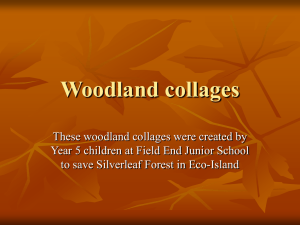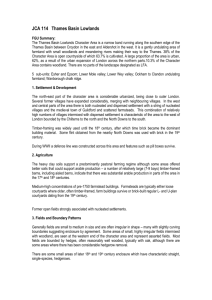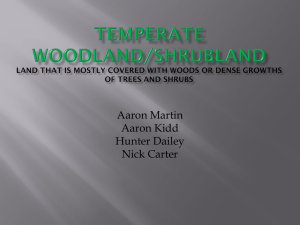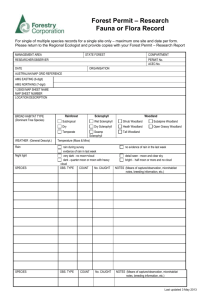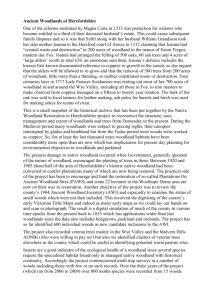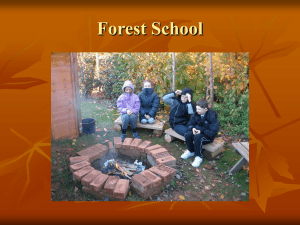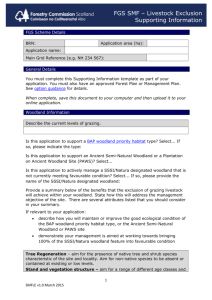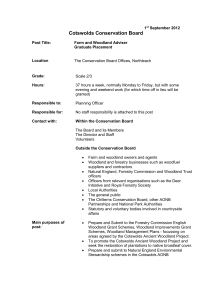Lowland Mixed Deciduous Woodland
advertisement
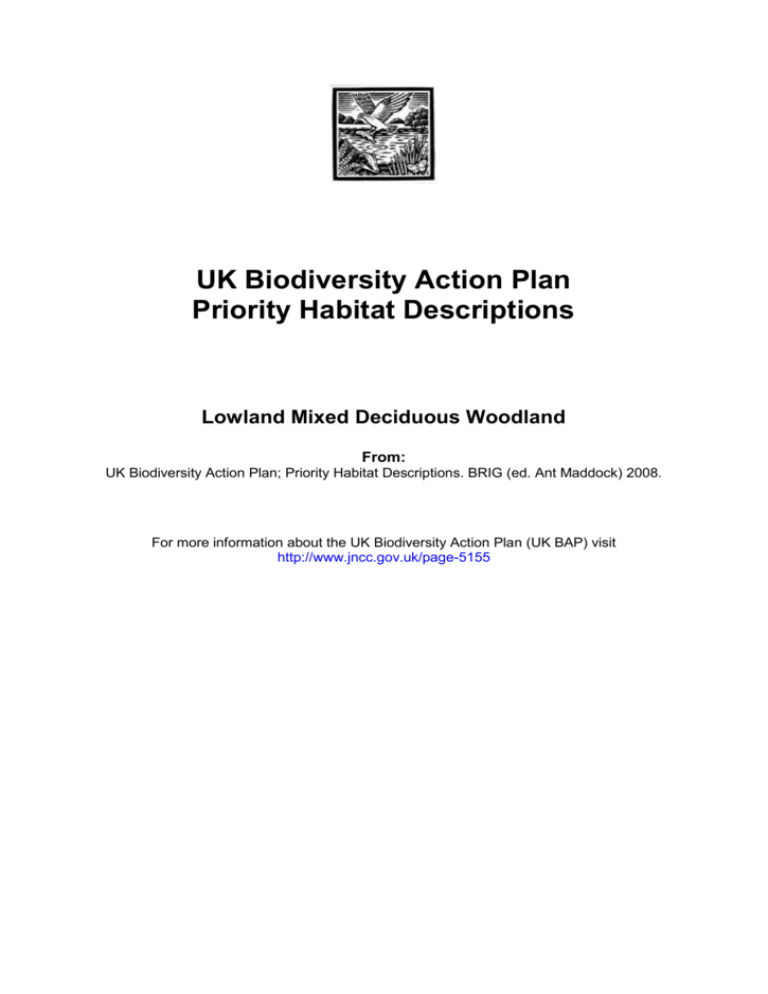
UK Biodiversity Action Plan Priority Habitat Descriptions Lowland Mixed Deciduous Woodland From: UK Biodiversity Action Plan; Priority Habitat Descriptions. BRIG (ed. Ant Maddock) 2008. For more information about the UK Biodiversity Action Plan (UK BAP) visit http://www.jncc.gov.uk/page-5155 Lowland Mixed Deciduous Woodland Lowland mixed deciduous woodland includes woodland growing on the full range of soil conditions, from very acidic to base-rich, and takes in most semi-natural woodland in southern and eastern England, and in parts of lowland Wales and Scotland. It thus complements the ranges of upland oak and upland ash types. It occurs largely within enclosed landscapes, usually on sites with well-defined boundaries, at relatively low altitudes, although altitude is not a defining feature. Many are ancient woods and they include the classic examples of ancient woodland studied by Rackham (1980) and Peterken (1981) in East Anglia and the East Midlands. The woods tend to be small, less than 20 ha. Often there is evidence of past coppicing, particularly on moderately acid to base-rich soils; on very acid sands the type may be represented by former wood-pastures of oak and birch. There is great variety in the species composition of the canopy layer and the ground flora, and this is reflected in the range of associated NVC and Stand Types. Quercus robur is generally the commoner oak (although Quercus petraea may be abundant locally) and may occur with virtually all combinations of other locally native tree species. In terms of the National Vegetation Classification the bulk of this type falls into W8 (mainly subcommunities a - c in ancient or recent woods; in the lowlands W8d mostly occurs in secondary woodland) and W10 (sub-communities a to d) with lesser amounts of W16 (mainly W16a). Locally, it may form a mosaic with other types, including patches of beech woodland, small wet areas, and types more commonly found in western Britain. Rides and edges may grade into grassland and scrub types. The canopy variations as represented by the Stand Type system include most of the field maple (2), lime (4, 5), suckering elm (10) and hornbeam (9) Stand Groups, and substantial proportions of the wych elm (1), ash (3) and oak (6) Stand Groups. More rarely, birch (12) and some alder stands (7C) may also occur. These may require separate management treatments. There are no precise data on the total extent of lowland mixed deciduous woodland in the UK, but in the late 1980s the Nature Conservancy Council estimated the total extent of this type to be about 250,000ha. There is however no doubt that the area of this priority type on ancient woodland sites has declined in area by clearance, overgrazing and replanting with non-native species, by about 30-40% over the last 50 years. References: Peterken, G.F., 1981. Woodland conservation and management. London: Chapman & Hall. Rackham, O.,1980. Ancient woodland. London: Arnold.

